Follow The Twin Challenge
a SPS Italia 2024
Come partecipare alla sfida
Follow The Twin Challenge?

1. Avviare la web-app della sfida (possibile anche presso ogni stand partecipante)
2. Effettuare il login con la propria e-mail
3. Individuare e scansionare i prodotti dei membri e dei partner OI4 partecipanti
4. Completare la sfida scansionando almeno 4 articoli.
5. Più scansioni si fanno, meglio è!
Vincere un buono di 25€ da amazon - messi a disposizione dalle aziende partecipanti!
I Partners "Follow The Twin Challenge"
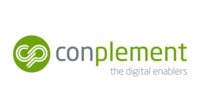
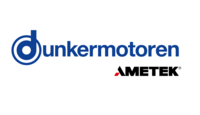
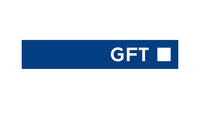
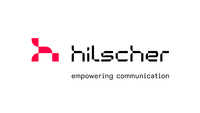

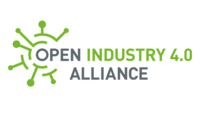
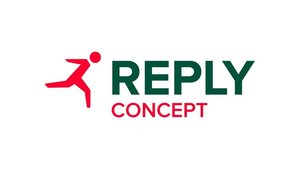
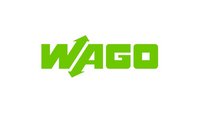
How it works
All participating partners have committed to providing product information in the same standard, both in terms of content and provisioning. Through this project, an environment has been established where data is provided according to the AAS standard and is also structured according to standardized submodels. This gives the user a unique opportunity to gather the necessary supplier data for their processes, from engineering to operation, across different independent vendors in an equally straightforward manner.
Technical benefits:
| Business benefits:
|
Insights
Why the digital twin/ AAS should be interoperable?
- Efficient Data Exchange: One of the primary purposes of ensuring interoperability via the AAS is to facilitate a standardized and efficient exchange of data across different stages of production. This standard-conformant data exchange is particularly beneficial in engineering sectors, where various stakeholders like manufacturers, suppliers, and customers are involved. Through the defined AAS standard, digital twins can be utilized efficiently among different partners without the need for a costly integration project, thereby enhancing the process of engineering.
- Industry 4.0 Alignment: The interoperability aligns well with the objectives of Industry 4.0, which advocates for enhanced connectivity, standardization, and data sharing among industrial partners and also assets. This interoperability is described as a pillar of the mission statement for Industry 4.0. By establishing a standardized digital representation (Digital Twin) via AAS, this Industry 4.0 goal of creating an interoperable, sustainable, and sovereign industrial ecosystem are advanced.
- Manufacturer Interoperability: The AAS is instrumental in achieving manufacturer interoperability, meaning it enables the exchange of data between assets from different manufacturers. This is a significant advantage for manufacturers, suppliers, customers, and factories, as it simplifies cooperation and promotes a standardized representation of data. The interoperability thus facilitates better coordination among different stakeholders involved in the production ecosystem.
- Support for Autonomous Systems and AI: The Asset Administration Shell not only supports the exchange of data but also lays a digital and interoperable foundation for autonomous systems and Artificial Intelligence (AI). It does so by structuring and semantically enriching data to make it, self explanatory. This allows for a standardized way of identifying modeling, retrieving and forwarding of information, covering the entire lifecycle of products, devices, machines, and facilities – a key element needed in realizing complex solutions.
- Implementation Challenges: The scope of implementation possibilities, use cases, and complexity in the production environment can be challenging, especially for small and medium-sized enterprises (SMEs), but also for larger companies. The AAS helps in tackling these challenges by providing a structured approach towards implementing digital twins in a norm-compliant digital production.
Usage of established, internationally recognized and well understood standards is crucial for interoperability along the value chain. Thus, the AAS is based on exactly these standard and additionally utilizes normative classification systems, such as ECLASS. This concept makes the AAS the perfect match for Industry 4.0 objectives.
What is an AAS platform and what is the benefit of multi-vendor capability?
An AAS-Platform allow companies and consumers to participate in a data ecosystem in an easy and versatile manner. All information, such as needed for the digital product passport, can be provided along the lifecycle of a product.
The Digital Twin based on the AAS and provided by a standard conform Repository (such as an AAS-Platform) makes it a single source of truth for product information in cross-company business scenarios.
Industry supply chains are fragmented. Products evolve and move cross company. At some point almost all Use Cases require to move an AAS across various backends.
How does the conplement platform work?
Basic Capabilities :
Provisioning of instance and type asset administration shells.
Interfaces for machine read and write access to the AAS, compliant with IDTA API specification for an AAS complying with V3.0 specification.
Submodels*: Digital Nameplate / Handover Documentation / Technical Data / Contact Information / Hierarchical Structure for BoM / Product Carbon Footprint
Conplement:
twinsphere – The industry grade AAS-Platform
- Highly scalable provision of 8-digit numbers of AAS
- Multi-tenancy with secure isolation of client data
- Notification on information updates with versatile eventing
- Push mechanism to automatically publish new digital twins
- Automatic creation and publishing of VDI-2770 Document Containers with PDF-A
- SDK for C# and Java to integrate AAS creation in your production processes
- Easy Access to all data in the Asset Administration Shells with build in AAS-Viewer
Why is it a balancing act to transfer multivendor capabilities to end users?
The industry is and stays fragmented. There is no single central system, and this is not an issue. In the contrary, the concept of data spaces like Catena-X or Factory-X promotes a heterogeneous environment allowing each player to utilize own strengths and individuality thus still maintaining the capability to orchestrate and execute cross company processes. All this is based on standards like the AAS.
The Follow-the-Twin Challenge shows exactly this. It provides information about different assets in a unified and consistent manner, although not being by a central system.
In order to be allowed for a daily jackpot the user needs to gather a minimum number of products from each backend. No worries it's not going to be too difficult, and the app will guide you.
